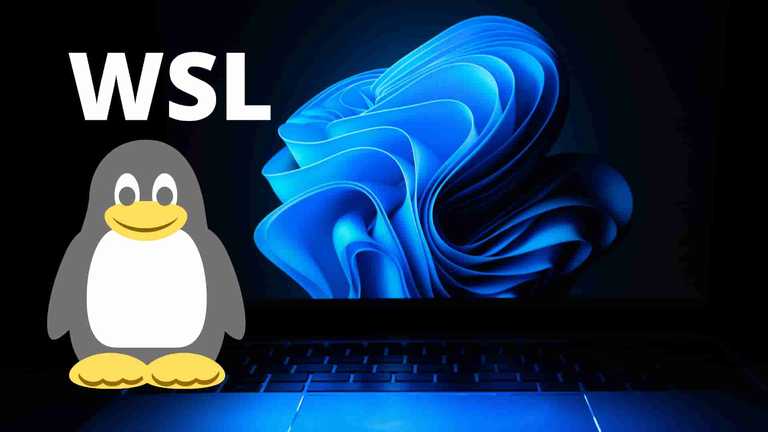A Comprehensive Guide to Enabling Windows Subsystem for Linux (WSL)
Table of Contents

If you're a Windows user looking to harness the power of Linux without leaving your Windows environment, you're in the right place. Windows Subsystem for Linux (WSL) allows you to run a full-fledged Linux distribution alongside your Windows installation, and in this guide, we'll show you how to enable it step by step.
What is Windows Subsystem for Linux (WSL)?
Windows Subsystem for Linux, or WSL, is a compatibility layer for running Linux binary executables natively on Windows 10 and later versions. It enables you to have a Linux distribution right at your fingertips, all without needing to dual-boot or set up a separate machine.
The benefits of WSL include:
- Access to a wide range of Linux tools and utilities.
- Seamless integration of Linux and Windows environments.
- A development environment for programming and testing on Linux.
Prerequisites
Before we dive into enabling WSL, let's make sure your system meets the prerequisites:
- Windows Version: WSL is supported on Windows 10 version 1607 and later. Please make sure your system is updated.
- Enable Virtualization: Ensure virtualization is enabled in your BIOS settings. You can typically access these settings during system startup.
Enabling WSL: Step-by-Step Guide
Let's get into the nitty-gritty of enabling WSL on your Windows system. Follow these steps:
-
Open PowerShell as Administrator: Right-click the Start button, select "Windows Terminal (Admin)," or "Command Prompt (Admin)".
-
Enable the WSL Feature: In the command prompt, enter the following command and press Enter:
dism.exe /online /enable-feature /featurename:Microsoft-Windows-Subsystem-Linux /all /norestart -
Install a Linux Distribution: You can choose from several Linux distributions available on the Microsoft Store. For example, to install Ubuntu, run:
wsl --install -d Ubuntu -
Initial Setup: After installation, you'll be prompted to create a new user and set a password for your Linux distribution.
-
Start WSL: You can start your installed Linux distribution by running its name. For example, to start Ubuntu, simply type:
wsl
Troubleshooting Common Errors
Encountering errors is not uncommon during the installation and setup process. Here are solutions for some common issues:
-
Error 0x8007019e: This error often indicates virtualization is not enabled in your BIOS. Go back to the prerequisites section and make sure it's turned on. You can read more about Error 0x8007019e.
-
Access Denied Error: If you receive an "Access Denied" error while enabling features, make sure you are running PowerShell as an administrator.
Tips for Using WSL Effectively
Now that you have WSL up and running, here are some tips for using it effectively:
- File System Integration: You can access Windows files from WSL at
\\wsl$\DistributionName\. - Running Linux Commands: WSL supports running Linux commands in the integrated terminal.
- Integrate with IDEs: Many popular IDEs and code editors support WSL for development tasks.
Conclusion
Congratulations, you've successfully enabled Windows Subsystem for Linux on your Windows machine. With WSL, you can seamlessly work with Linux tools and environments alongside your Windows setup, making it a powerful tool for developers and Linux enthusiasts.
Remember that WSL is a versatile tool that can greatly enhance your workflow, and it's worth exploring its capabilities further.
Additional Resources
Final Thoughts:
We hope this comprehensive guide has helped you get started with Windows Subsystem for Linux. If you have any questions or run into any issues, feel free to leave a comment below. Happy Linux-ing on Windows!